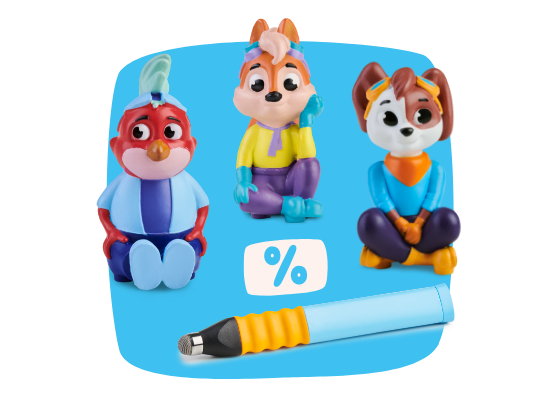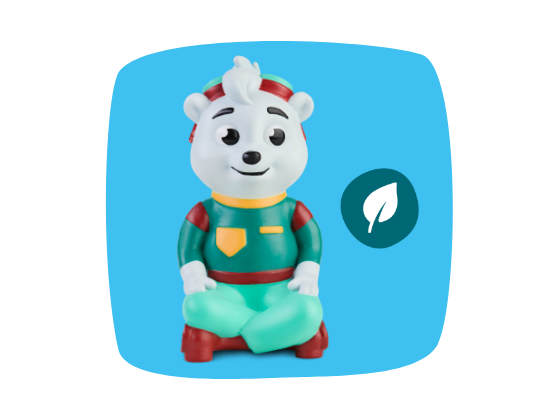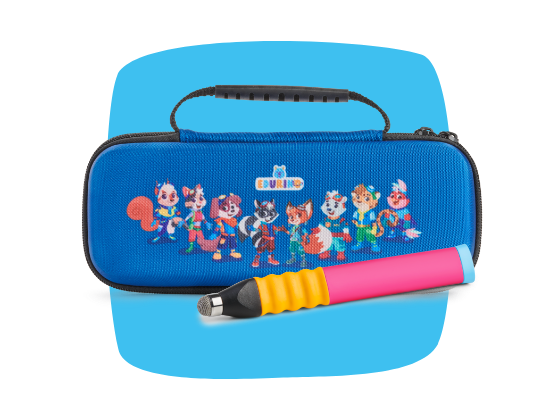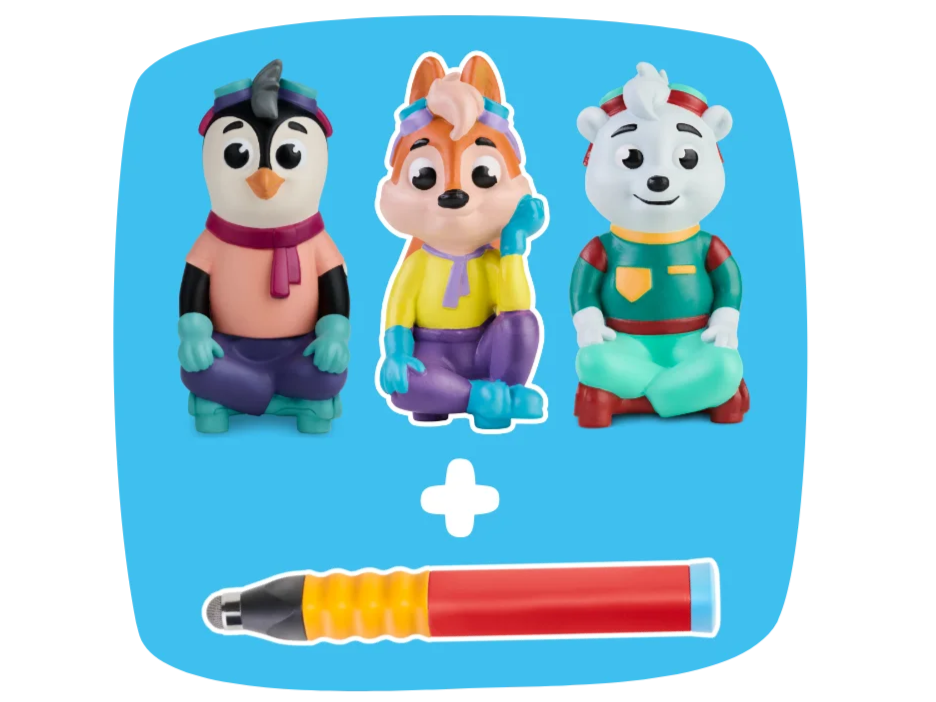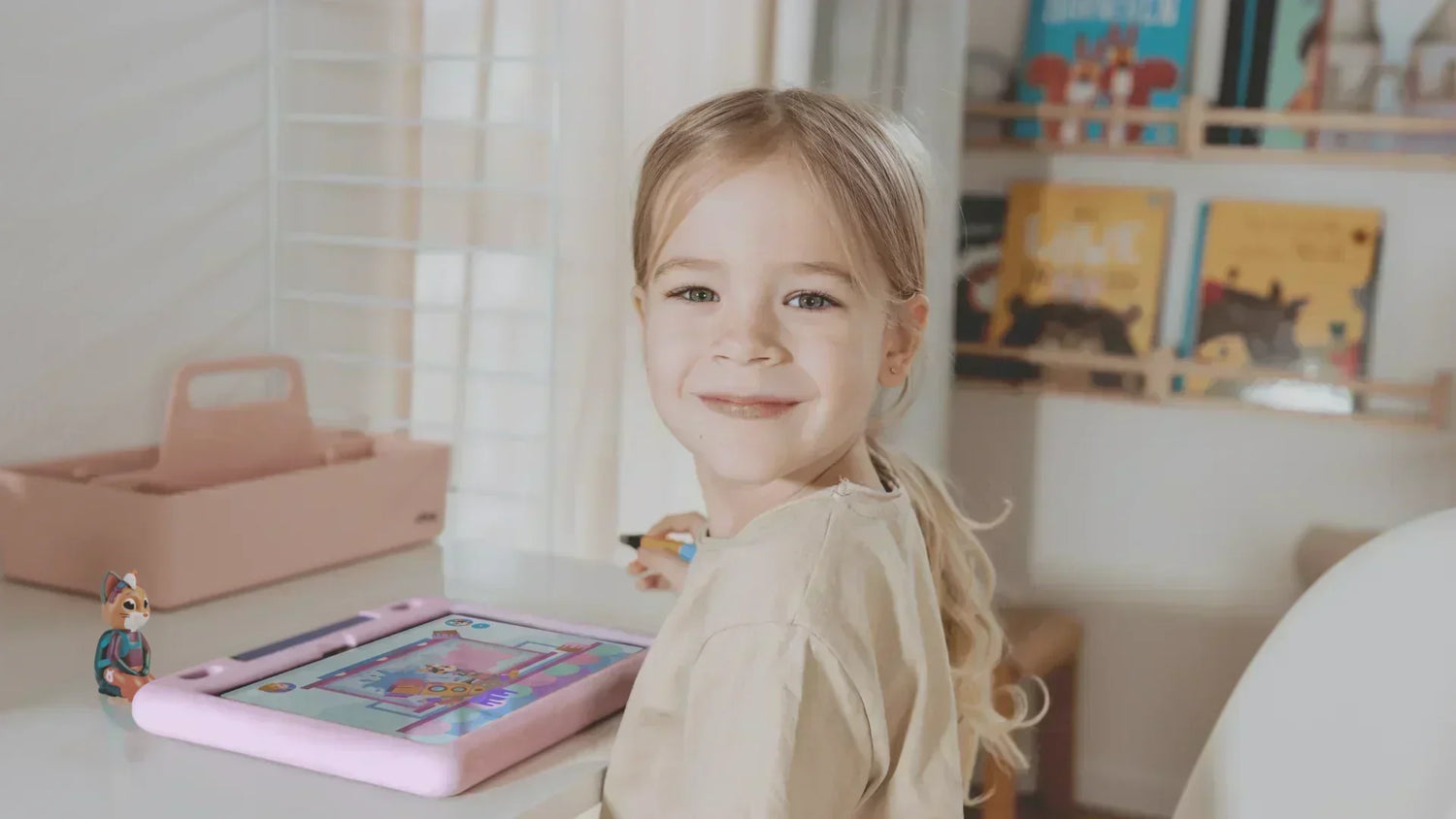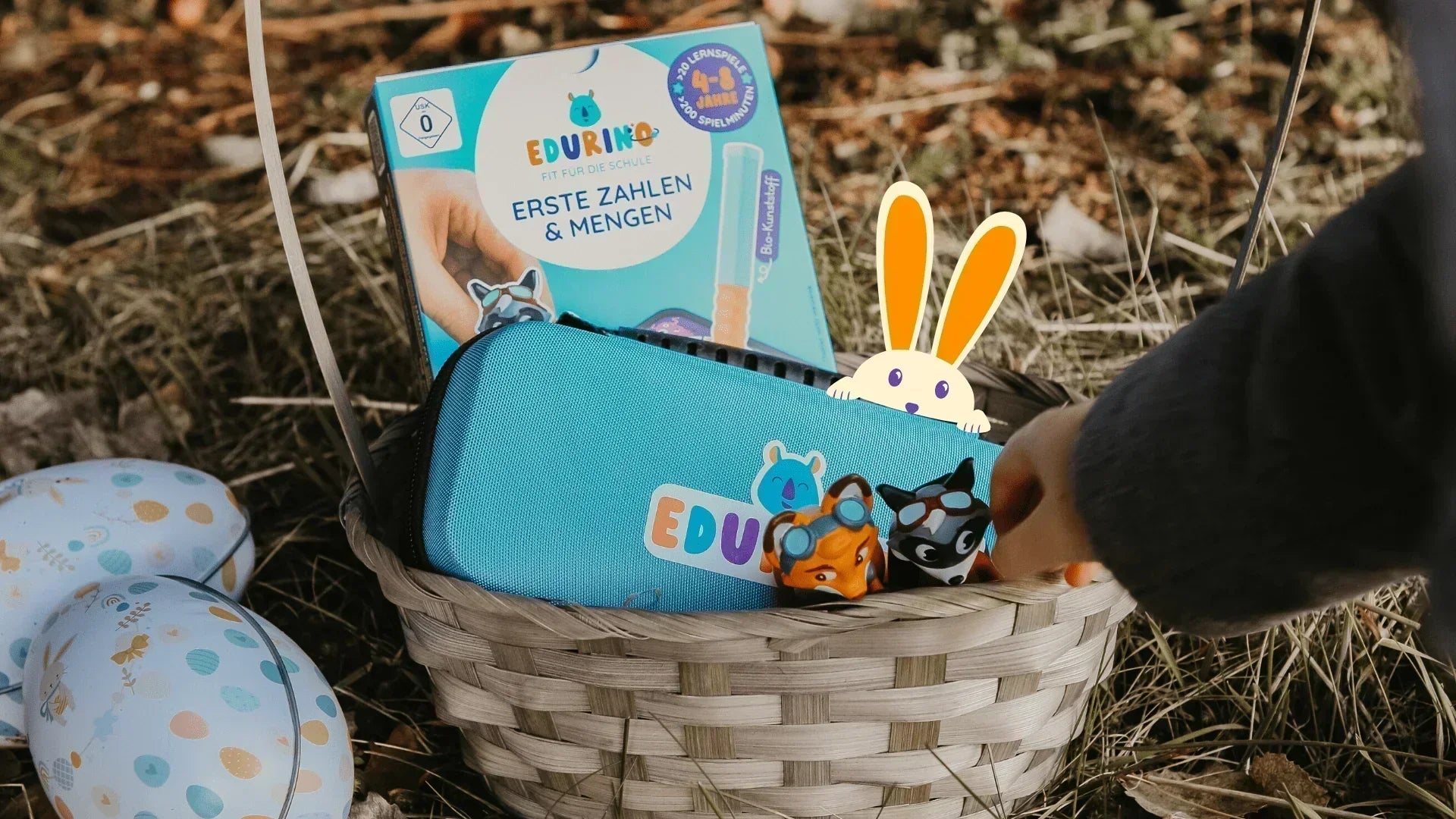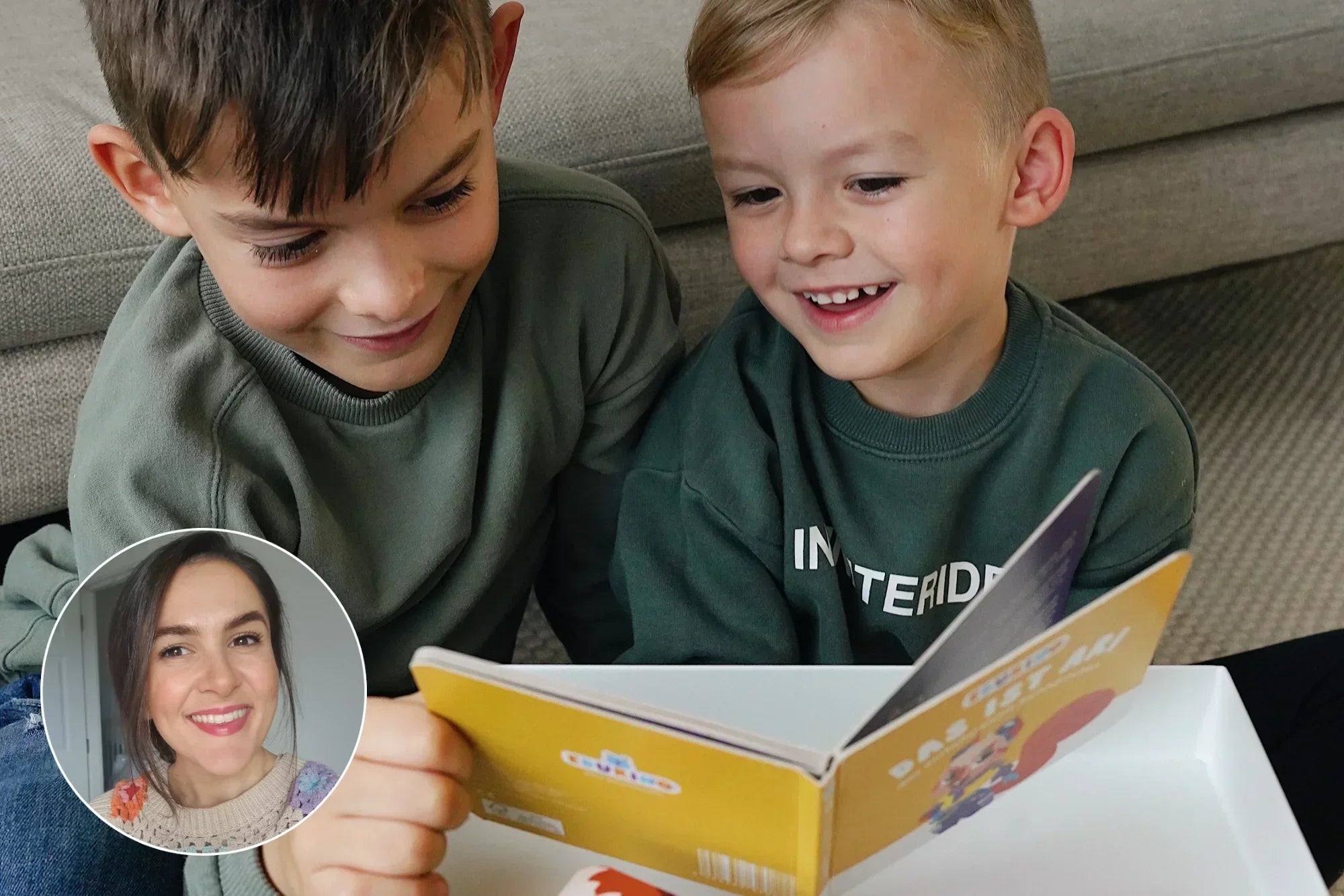Sometimes you wonder whether creative people are born with this ability or whether they have acquired this way of thinking. We explore why and how creativity can be learned and which tools best foster creativity in children.
Promoting creativity in children – why is it so important?
Creativity is, first and foremost, innate in every human being. However, creativity develops differently depending on how this ability is nurtured. The ability to recognize, address, correctly interpret, and propose solutions to problems are the foundations of creativity. And these foundations should be cultivated, especially in childhood.
Children must first learn how to handle and categorize all the new information, which increases daily. Creativity here means developing one's own structure and approach for dealing with new impressions. Creativity doesn't just fall from the sky; it is developed and expanded through all the child's experiences and influences. Thus, the more a child acts creatively, the more their creativity unfolds.
Sensory development in children: 4 creative tips for more imagination
1. Simple materials - less is more
The saying "less is more" can also apply to fostering creativity. The simpler the materials a child plays with, the more their imagination is stimulated. Children are able to transform everyday objects into creative play opportunities. For example, a few pillows, stools, and blankets become a space station, or corks become a castle.
2. Sensory development in children through playful experiences
Children learn holistically through all their senses: hearing, sight, taste, touch, and smell. Therefore, you should always try to engage multiple senses during creative play. For example, you could fill old cans with different materials—rice, stones, sand, etc.—and create a memory game that engages both hearing and touch. Or go out into nature together and listen and feel your way through the diverse flora and fauna. A look up at the sky is also worthwhile. Can you spot something in the clouds?
3. Courage to be imperfect – creative freedom for children
This tip is aimed primarily at parents and adults who tend toward perfectionism. Perfect creativity doesn't exist! When fostering creativity, it's all about being imperfect and trying things out. This doesn't necessarily have to result in a "pretty" outcome. Children should be able to express themselves in their creative process and test innovative ideas, but also discard them. So, dare to be ugly!
4. Painting and drawing – combining creativity and sensory development
Children's sensory development can be particularly well supported through painting, drawing, and crafts. But painting can do much more: It promotes hand-eye coordination, concentration skills, fine motor skills, and brain development. Through painting, children process their surroundings, experiences, emotions, and impressions in a creative way.
Artworks are created in a variety of ways: with watercolors, colored pencils, or chalk. Let your child draw blindfolded and then discover shapes and objects in the drawing—they can then be further developed.
Digital Creativity: Promoting Creativity in Children with EDURINO
Children can now explore their creativity independently and safely, even in the digital world. The new EDURINO Juki "Creativity & Painting" figure takes your child on a creative mission. In the learning world, your child can experiment with colors and patterns, combine different materials, and learn how recycling works. Click here to go directly to Yuki!

